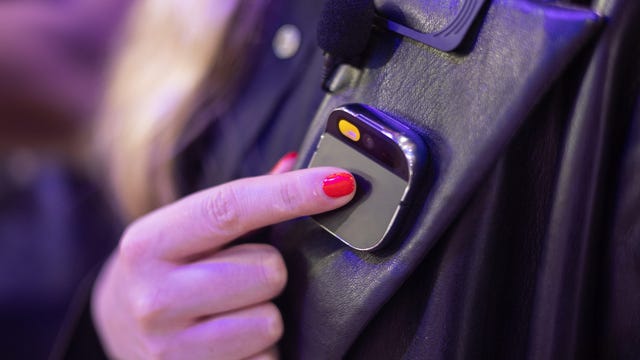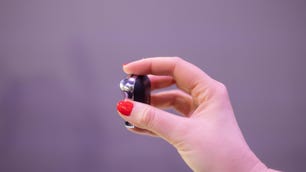Microsoft has a complicated history with hardware. Though its Surface line popularized the idea of tablets that can double as laptops, it hasn’t been able to replicate that success with mobile devices. The now-defunct Windows Phone platform, Zune music player, Kin phones and Microsoft Band are proof.
Now mounting evidence is starting to indicate that Microsoft’s two-screened smartphone, the Surface Duo, could meet the same fate. Last year, Windows Central reported that Microsoft had scrapped plans for a Surface Duo 3 and instead plans to launch a more traditional foldable phone with a bendable screen, similar to the devices in Samsung’s Galaxy Z Fold line. A patent application that surfaced this week (no pun intended) further fueled speculation that Microsoft could be moving in this direction, coming after questions have been raised about how long the company will continue to support its existing Duo devices.
Yes, the Surface Duo has issues. Despite its unconventional and striking design, it hasn’t been ideal for basic phone-related tasks, like snapping photos and quickly responding to texts on the go. Occasional software glitches have also hampered its appeal.
But the promise behind a phone with two screens isn’t lost on me, and I hope Microsoft isn’t completely giving up on it.
A Microsoft representative said the Surface Duo “remains an important part of the Surface portfolio.” The company added that Android and security updates would be provided for three years following the device’s release, which means 2024 should be the last year the Surface Duo 2 gets updates.
Read more: Considering a Foldable Phone? How to Decide if One Is Right for You
Two screens can be better than one

If there’s one thing I’ve learned about foldable phones in the last couple of years, it’s that two screens can sometimes be better than one. That was one of my takeaways when reviewing the Samsung Galaxy Z Flip 5 and the Motorola Razr Plus, both of which have miniature screens that make it possible to use apps without opening the phone.
I felt the same way when trying the Microsoft Surface Duo 2 in 2021, though the phone’s limitations ultimately overshadowed my excitement about its two screens. When it comes to multitasking, having two full-size displays can be more useful than having a single screen split in half. I rarely use the Samsung Galaxy Z Fold, which has one 7.6-inch internal screen that folds down the middle, to run multiple apps. Instead, I prefer to use the entire 7.6-inch display to view one app on a larger canvas.
Read more: Best foldable phone for 2024
But the Surface Duo 2 is different. It has two full 5.8-inch screens on the inside that can function independently to run separate apps, or can run the same app together. The catch is that apps need to be optimized to work well across two screens, and many popular ones weren’t when I reviewed the device a couple of years ago.
Still, I do think Microsoft was onto something. While the Surface Duo 2’s high price, occasional software bugs, cumbersome design and subpar camera made it hard to recommend, it remains the most interesting take on how software should evolve along with hardware.
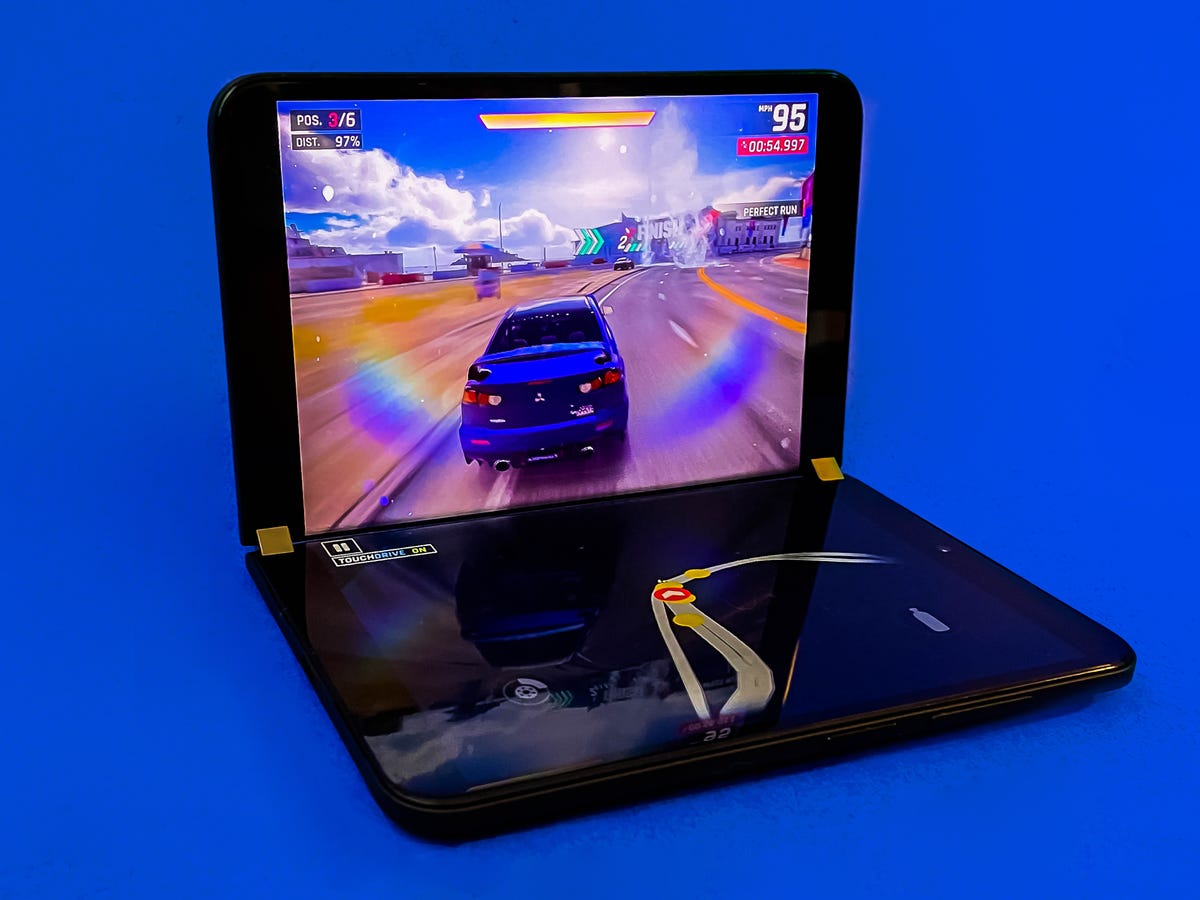
Microsoft did more than just create a split screen experience and optimize apps for different screen sizes; it thought about how apps should function differently given the Surface Duo’s unusual design. When it worked, it felt like I was actually using apps in different ways.
The Amazon Kindle app, for instance, turned the Surface Duo 2 into a digital book, with each screen serving as an electronic page. The Xbox Game Pass app made the Surface Duo 2 feel like a Nintendo 3DS-esque handheld gaming console, but without the physical buttons. Even less-exciting apps like Outlook felt different on the Surface Duo, with Microsoft dedicating one entire screen to your inbox and the other to a full email.
Samsung’s approach — a phone that turns into a tablet — is much easier to comprehend, even if it is less ambitious. The elevator pitch is easier to grasp for most people, while Microsoft had to really prove the Surface Duo 2’s purpose.
Pivoting to a foldable would make it harder to stand out
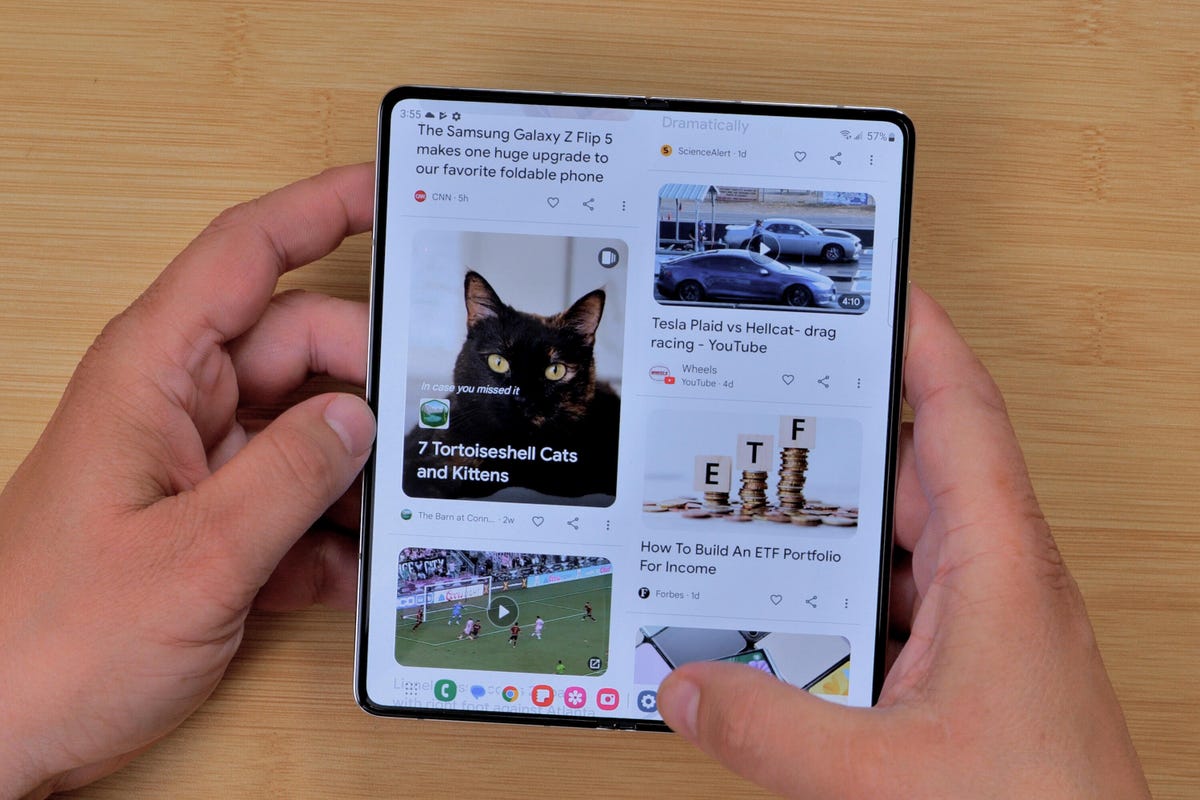
Though foldable phones aren’t nearly as popular as standard phones, almost every smartphone maker now offers one. Samsung used to be the only major player in the US market preaching the promise of foldables, but in 2023 we saw new models from Google and OnePlus too.
Those newcomers haven’t made a meaningful dent in the market yet, with Samsung still dominating the global foldable phone industry, according to statistics from TrendForce from February 2024.
That means if Microsoft were to launch a new foldable phone, it would face much more competition than in 2021 when the Surface Duo 2 arrived. So it would have to do more to make its foldable phone stand out — especially if it were to release a Galaxy Z Fold-style device like Samsung’s other competitors. Sticking with the dual-screened format would make Microsoft’s foldable feel less like a copycat, although it would still face the challenge of selling consumers (other than myself) on the benefits of two screens.
Did the Surface Duo come too soon?
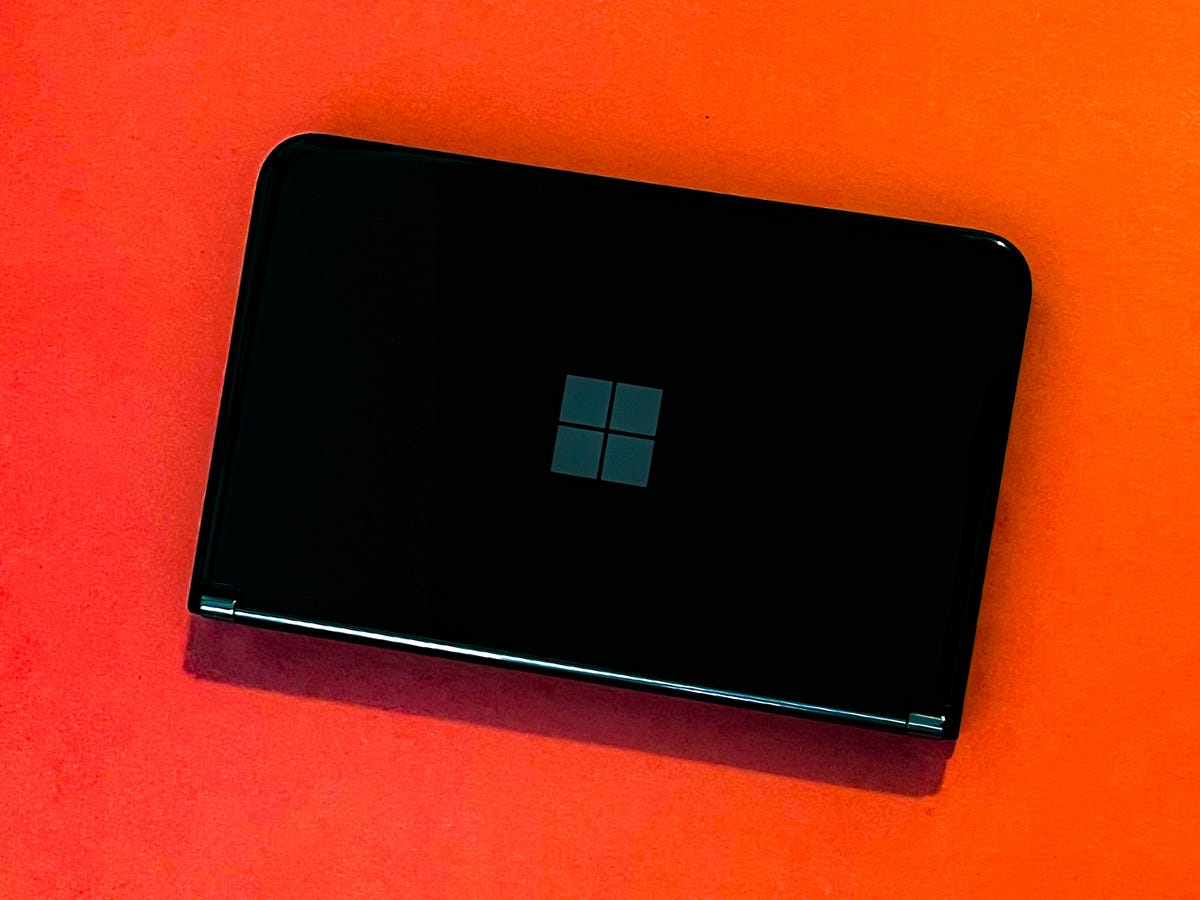
Similar to other Microsoft inventions (remember the SPOT Smart Watch from the early 2000s?), maybe the Surface Duo was just ahead of its time. Microsoft never really wanted to call the Surface Duo a phone, and anyone who’s used one probably understands why. But given its price and functionality, it needed to excel as a smartphone to succeed — a requirement it ultimately couldn’t meet.
If a new Surface Duo were to come out in a couple of years, I wonder if things would be different. Tech giants, including Microsoft, are incorporating generative AI (the flavor of AI behind ChatGPT) into their software, allowing for new use cases. Right now the biggest way that’s showing up in software is through the introduction of photo editing features like Google’s Magic Edit and assistants such as Microsoft’s Copilot. But some companies, like AI startups Rabbit and Brain.AI, are trying to make operating systems more intuitive by serving up information as needed rather than relying on apps to get things done.
If that idea eventually takes off and spreads to more devices, like smartwatches and wireless earbuds, maybe a device like the Surface Duo would make more sense. What if a large language model ran on your smartwatch — which communicated with your earbuds — and made it easier to send texts or get directions? You can technically do those things today on your watch, but doing so on your phone is still generally simpler.
If AI makes it easier to rely on these ancillary tech products, maybe you wouldn’t need to pull out your phone as often. Perhaps that would change the phone’s role from a gadget we depend on for basic everyday tasks to more of a portable leisure device, like a tablet or laptop, for reading, playing games and reviewing emails. That sounds a lot like the portable computer Microsoft envisioned in the first place when it unveiled the Surface Duo, and I hope it hasn’t totally abandoned that vision.

